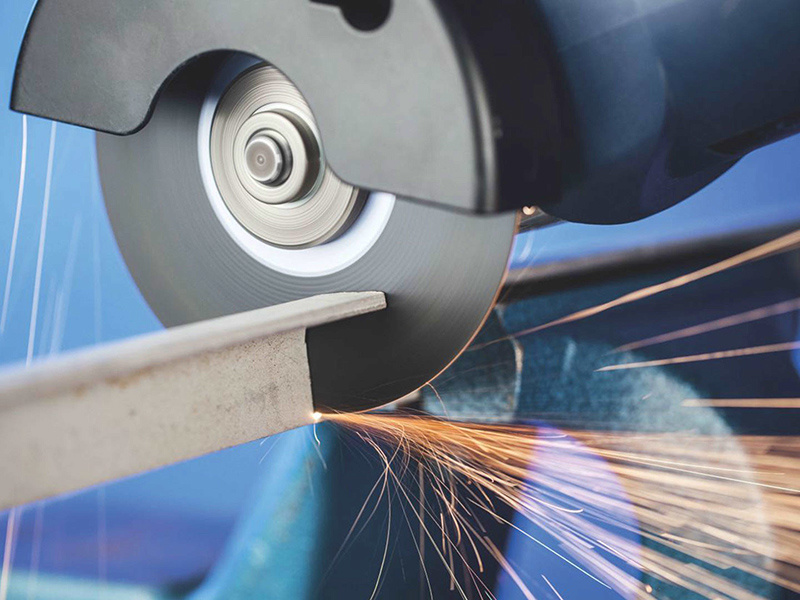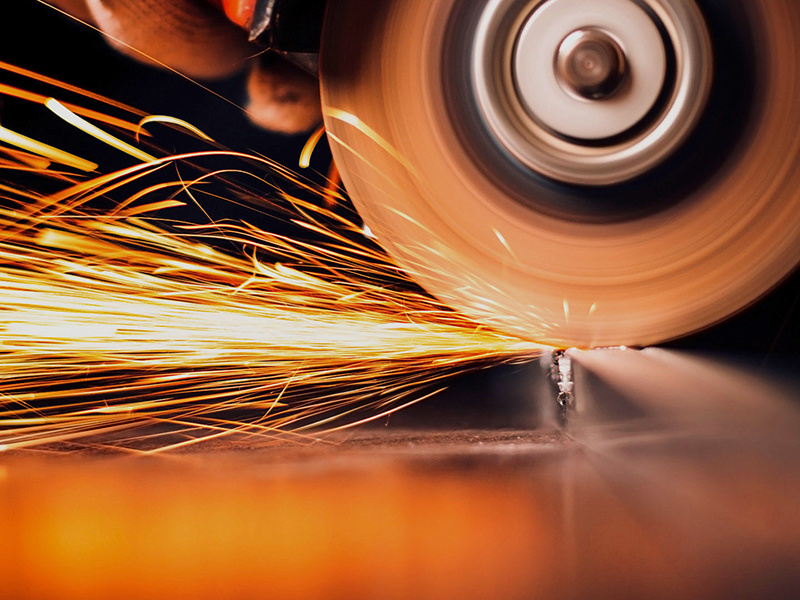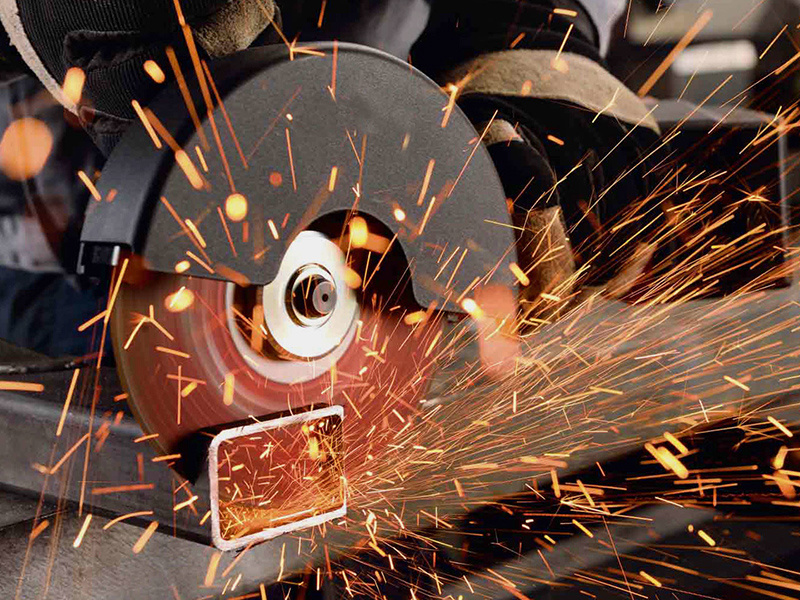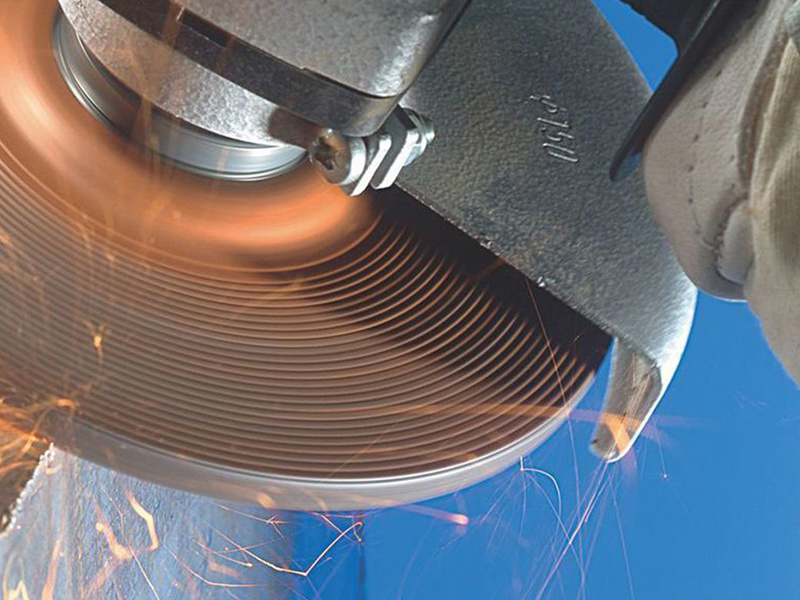Classification of hardness levels for grinding tools
Release time:
2024-06-25
The hardness of the grinding tool mainly depends on the amount of binder added and the density of the grinding tool. If the abrasive particles are easy to fall off, it indicates that the hardness of the grinding tool is low; On the contrary, it indicates high hardness.
The hardness of the grinding tool mainly depends on the amount of binder added and the density of the grinding tool. If the abrasive particles are easy to fall off, it indicates that the hardness of the grinding tool is low; On the contrary, it indicates high hardness. The hardness level is generally divided into seven levels: ultra soft, soft, medium soft, medium, medium hard, hard, and ultra hard. From these levels, several sub levels can be further subdivided. The commonly used methods for measuring the hardness of grinding tools include hand cone method, mechanical cone method, Rockwell hardness tester method, and sandblasting hardness tester method. The hardness of the grinding tool corresponds to its dynamic elastic modulus, which is beneficial for using the audio method to measure the dynamic elastic modulus of the grinding tool to represent its hardness.
In grinding, if the material hardness of the workpiece being ground is high, generally low hardness grinding tools are selected; On the contrary, choose grinding tools with high hardness. The organization of grinding tools can be roughly divided into three categories: tight, medium, and loose. Each category can be further subdivided and distinguished by an organization number. The larger the organization number of the grinding tool, the smaller the volume percentage of abrasive in the grinding tool, and the wider the gap between the abrasive particles, indicating a looser organization. On the contrary, the smaller the organization number, the tighter the organization. Grinding tools with looser tissue are less prone to passivation during use and generate less heat during the grinding process, which can reduce the deformation and burning of workpieces due to heating. Tighter structured grinding tools are less prone to detachment of abrasive particles, which is beneficial for maintaining the geometric shape of the grinding tool. The organization of grinding tools is only controlled according to the grinding tool formula during manufacturing, and is generally not measured.







